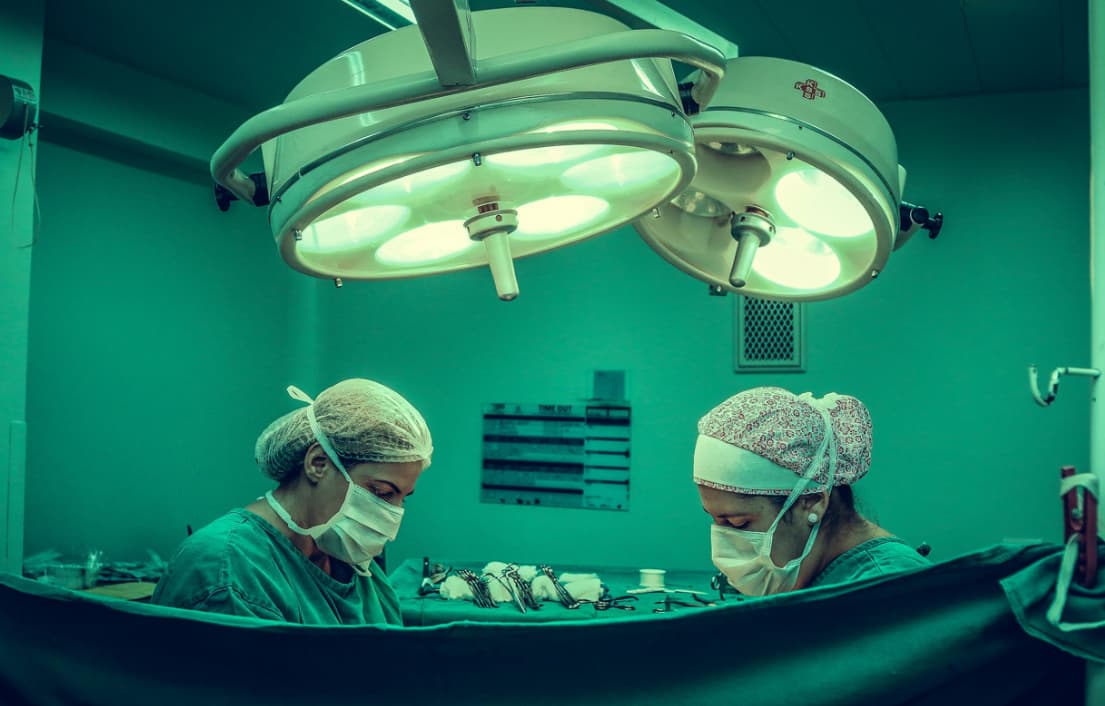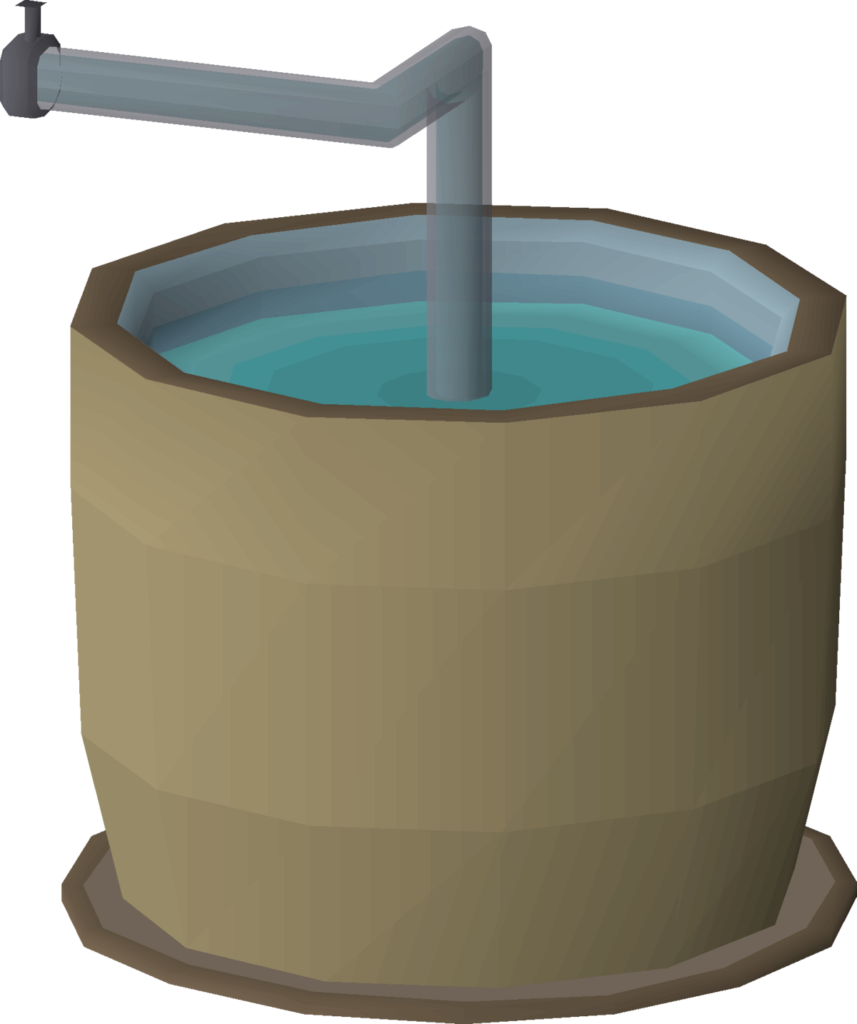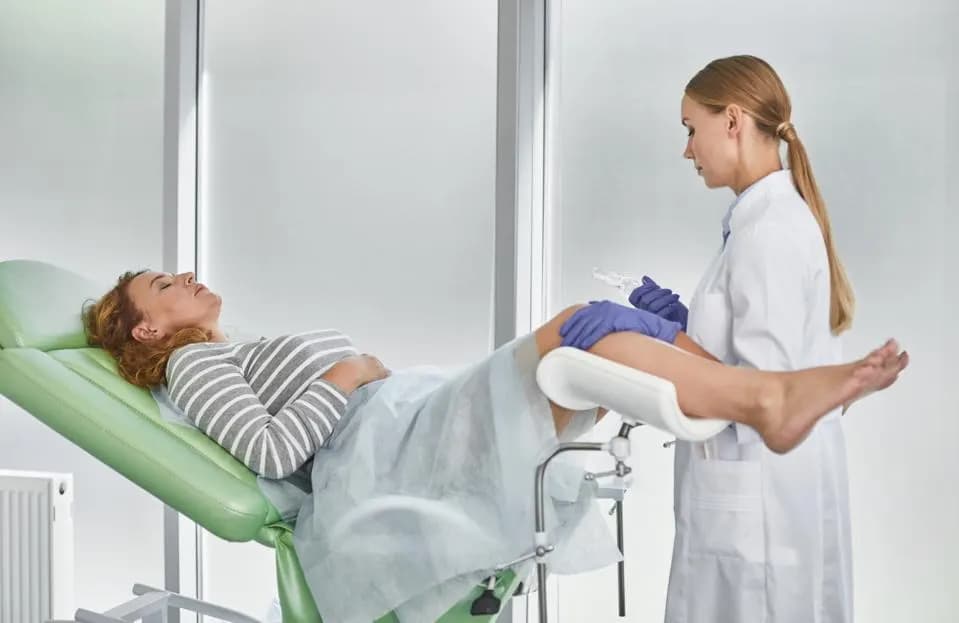The ovulation fossa, often considered a specialized anatomical feature unique to certain mammals, embodies a fascinating aspect of reproductive biology. This article explores the ovulation fossa in depth, from its definition and anatomical placement to its role in the reproductive processes of specific species, notably the horse.
Definition and Overview
The ovulation fossa, sometimes referred to as the “ovulatory fossa,” is a distinct anatomical region located within the ovary of certain mammalian species. It is the site where ovulation, the process of releasing a mature egg from the ovary, occurs. Unlike many mammals where ovulation can happen at various points on the ovarian surface, species with an ovulation fossa release eggs exclusively from this designated area. This specialized feature is most prominently studied and observed in equine species, including horses, donkeys, and their relatives.
Anatomical Placement and Structure
The ovulation fossa, a distinctive anatomical feature, is situated on the internal structure of the ovary and contrasts sharply with the more uniform, outer surface seen in the ovaries of humans and many other mammals. Species that possess this feature exhibit a unique appearance and functional arrangement in their ovaries. Unlike in other mammals where the outer cortex houses developing follicles, in these species, the cortex is invaginated to form the ovulation fossa. This structural inversion leads to the follicles developing and maturing inside the fossa, creating a concentrated site for ovulation. This specialization facilitates a more targeted and efficient ovulation process. The presence of the ovulation fossa is indicative of evolutionary adaptations that meet the reproductive needs of specific species, offering insights into the diversity of reproductive strategies in the animal kingdom.
Key Points:
- Unique Anatomical Location: The ovulation fossa is found on the inside of the ovary, a stark contrast to the external surface appearance typical of mammalian ovaries;
- Distinctive Feature Among Species: Not all mammals have an ovulation fossa; its presence highlights a specific evolutionary adaptation;
- Inversion of the Cortex: The outer cortex is invaginated, forming the ovulation fossa, which alters the typical follicular development seen in other species;
- Focused Site for Ovulation: The development and maturation of follicles occur within the fossa, providing a concentrated area for ovulation;
- Evolutionary Significance: The adaptation of the ovulation fossa underlines the diversity in reproductive strategies across different species, reflecting their unique evolutionary paths.
Role in Reproduction
The ovulation fossa plays a critical role in the reproductive process by serving as the sole site of ovulation. During the estrous cycle, when the female is fertile, follicles within the ovary mature. The mature follicle then moves to the ovulation fossa, where it ruptures, releasing the oocyte, or egg, into the reproductive tract. This precise localization of ovulation is believed to facilitate efficient capture of the egg by the fallopian tubes, optimizing the chances of fertilization.
Evolutionary Significance
The evolution of the ovulation fossa presents an intriguing subject for biologists. Its presence in certain species suggests a specialized adaptation to their specific reproductive needs. For instance, in horses, the ovulation fossa’s centralized location may enhance the efficiency of egg capture and sperm transport, critical factors in a species where timing and efficiency of fertilization are crucial for reproductive success. This adaptation could be the result of selective pressures favoring more efficient reproductive mechanisms in these species’ ancestral environments.
Implications for Animal Breeding
Understanding the ovulation fossa and its function has significant implications for animal breeding, especially in horses. Knowledge of the timing and signs of ovulation can assist breeders in scheduling matings and artificial insemination, thereby enhancing the likelihood of successful fertilization and pregnancy. By pinpointing the specific site of ovulation within the fossa, breeders can optimize the timing of mating or insemination to coincide with peak fertility, maximizing the chances of conception. Additionally, insights into the unique ovarian physiology of species possessing an ovulation fossa can inform veterinary care and management practices, ensuring the reproductive health and well-being of these animals. By understanding the intricacies of ovulation in such species, veterinarians can tailor reproductive management strategies to optimize fertility and improve breeding outcomes.
Conservation and Scientific Research
The study of the ovulation fossa also has broader implications for conservation biology and scientific research. For endangered species with this anatomical feature, understanding their unique reproductive mechanisms can inform conservation strategies, aiding in the development of captive breeding programs designed to maximize genetic diversity and reproductive success. Furthermore, research into the ovulation fossa and its function contributes to our broader understanding of reproductive biology and evolutionary adaptation, offering potential insights into the reproductive strategies of other species, including humans.
Concluding Thoughts
The ovulation fossa represents a remarkable example of evolutionary adaptation within the animal kingdom. Its study offers valuable insights into the reproductive biology of certain mammals, highlighting the complexity and diversity of nature’s designs. As research continues to unravel the mysteries of the ovulation fossa, we can expect to gain further understanding of its role in reproduction, implications for animal breeding and conservation, and its place in the tapestry of evolutionary biology. Through such endeavors, the ovulation fossa stands as a testament to the intricate interplay of form, function, and evolution in the natural world.
FAQs:
The ovulation fossa is a specialized feature predominantly found in equine species, such as horses, donkeys, and zebras. These species share a unique reproductive anatomy where the ovary has an inverted structure, with the ovulation fossa serving as the sole site for the release of mature eggs. This adaptation is not commonly found outside of the equine family, highlighting a fascinating aspect of evolutionary diversity among mammals. The presence of an ovulation fossa in these animals underscores their distinct reproductive strategies, optimized for their specific ecological niches and life histories.
In species with an ovulation fossa, such as horses, understanding its role and function can significantly influence breeding practices. For breeders, timing is everything. Knowledge of the estrous cycle and the timing of ovulation within the ovulation fossa can enhance the success rate of both natural matings and artificial insemination procedures. Breeders may use ultrasound technology to monitor follicle development within the ovulation fossa, planning insemination or mating to coincide with ovulation for optimal fertility rates. This precise approach to breeding is crucial in the equine industry, where the goal is often to produce offspring with specific desirable traits.
For conservationists working with endangered equine species, understanding the reproductive mechanisms, including the ovulation fossa, is vital. Captive breeding programs, essential for the preservation of genetic diversity and the increase of population sizes in endangered species, rely on detailed knowledge of animal reproduction. By understanding how and when ovulation occurs within the ovulation fossa, conservationists can optimize breeding protocols, ensuring the highest possible success rate for pregnancies in captive breeding programs. This knowledge is crucial for the effective management and recovery of endangered equine populations.
While humans do not have an ovulation fossa, studying this feature in equines and other species can offer indirect insights into human reproductive biology. Comparative reproductive studies allow scientists to explore the diversity of reproductive strategies across species, uncovering the evolutionary origins of various reproductive mechanisms. By understanding how different reproductive adaptations, like the ovulation fossa, contribute to the survival and reproductive success of species, researchers can gain broader insights into the complexities of mammalian reproduction, including aspects that may be relevant to human reproductive health and fertility.



